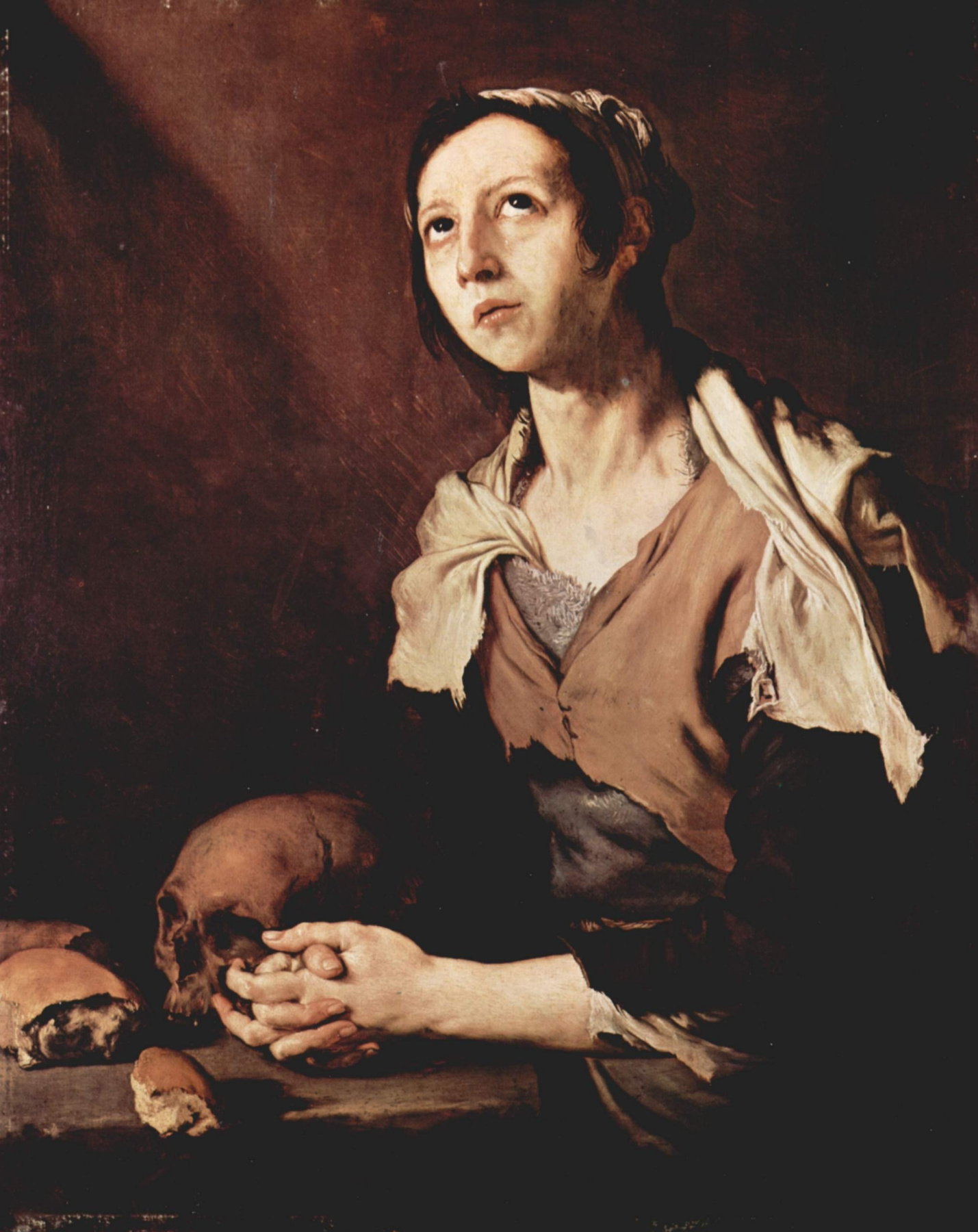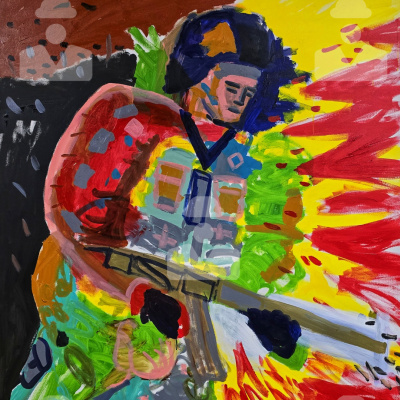This truly unique style of the Baroque
era was named after Caravaggio, a reformer artist, the founder of realism. Who remembers today that he committed a murder in his youth? Despite his life on the run, the artist managed to gather a circle of students and followers — caravaggists. The trend developed in Italy at the late 16th — early 17th centuries, as well as in Holland, Germany and Spain.

Rembrandt, Rubens and Velázquez went through their stage of caravaggism, but later they proceeded to their individual styles.
The main features of caravaggism are maximum realism , the absence of theatrical surroundings (elegant costumes, fluffy dresses, baroque curls, and so on), maximum volume rendering of the figures, and a sharp contrast of light and shadow — the chiaroscuro technique invented by Caravaggio.
The pictures are painted on a dark background, the silhouettes of people are light. Gloomy colours prevail: brown, black, purple, sometimes dark green — it seems that the action of the picture takes place in a poorly lit room. There are no airy creamy bright colours in the paintings — this is the main difference from other trends of the Baroque era.
The main features of caravaggism are maximum realism , the absence of theatrical surroundings (elegant costumes, fluffy dresses, baroque curls, and so on), maximum volume rendering of the figures, and a sharp contrast of light and shadow — the chiaroscuro technique invented by Caravaggio.
The pictures are painted on a dark background, the silhouettes of people are light. Gloomy colours prevail: brown, black, purple, sometimes dark green — it seems that the action of the picture takes place in a poorly lit room. There are no airy creamy bright colours in the paintings — this is the main difference from other trends of the Baroque era.
The fortune teller
1596, 115×150 cm
Tragedy is often present on the canvases - in poses, facial expressions, and subjects
Tenebrism is a separate branch of caravaggism. Tenebrists developed the caravaggist principles to the most extreme manifestations: their dark colours clearly prevail over light ones, there are many bright light contrasts that emphasize the depicted drama. The ideal work of a tenebrist should look like this: a white skull on dark fabric looking as realistic as possible.
Magdalena Ventura with Her Husband and Son
1631, 212×144 cm
Caravaggists did not hesitate to display different qualities of a person, not only noble ones. They basically loved everything strange and wrong. For example, José de Ribera, who lived in Naples, Spain, is known for his petty artistic provocations in line with contemporary art. His Magdalena Ventura with Her Husband and Son depicts two men, one of whom is breastfeeding a baby. The breast is female, but it is surrounded by the layer of male body hair. The artist captured a miracle of nature — a bearded lady.
The difference between the caravaggists and the Renaissance
artists is easy to understand with specific examples. The classic of the Renaissance
, the portrait of Ippolito Riminaldi by Titian (Portrait of a Young Englishman), is also made in dark colours. However, the subject stands in an official pose, he is dressed up in ceremonial clothes: the viewer can see the appearance, but not the inner feelings, and even more so the vices of the subject. This is an official portrait — like a passport photo. The Boy with a Basket of Fruit by Caravaggio is clearly flirting, posing, expressing his momentary emotions. His body is in a cutesy pose, which the models of the Renaissance
were not allowed, they had to stand decorously and correctly.
Caravaggist artists:
Orazio Gentileschi, Georges de La Tour, Mario Nuzzi De Fiori, Dirck van Baburen, José de Ribera. Paul Rubens, Diego Velázquez, and Rembrandt also went through their stage of caravaggism.
The Entombment
1617, 221×143 cm
Significant caravaggist paintings
— José de Ribera. Magdalena Ventura with Her Husband and Son, 1631— Dirck van Baburen. The Entombment, 1617
— Georges de La Tour. The Card Sharp with the Ace of Diamonds. 1620—1640, Louvre.
You are an expert if:
You do not classify Rembrandt’s paintings as caravaggism, and also doubt that the work of Caravaggio himself can be attributed to the art movement. In the early stages of his career, Rembrandt did adopt the techniques of the famous Italian master, but soon developed his signature style.Caravaggio is usually called the founder of realism, caravaggists are those who adopted his creative methods, but not the general style. This is a small number of artists and a short period in the history of the art development that was much shorter than realism .

















